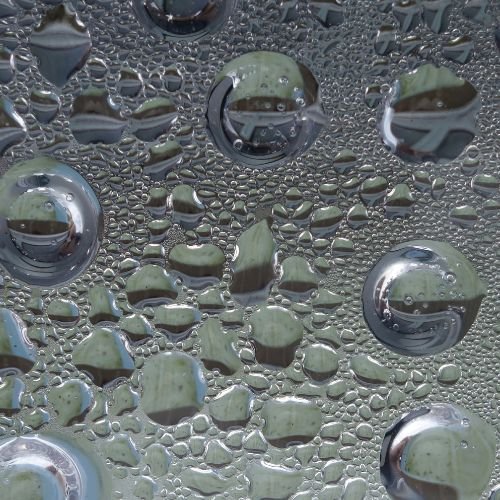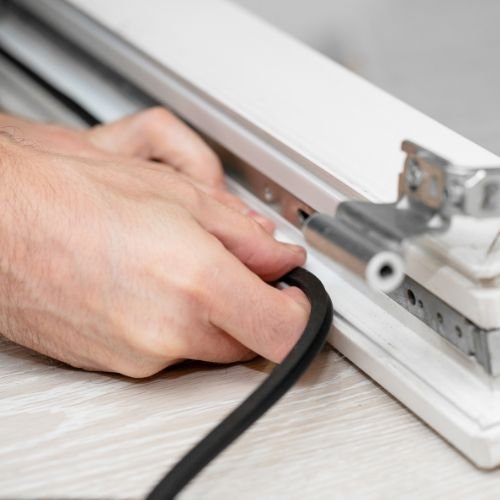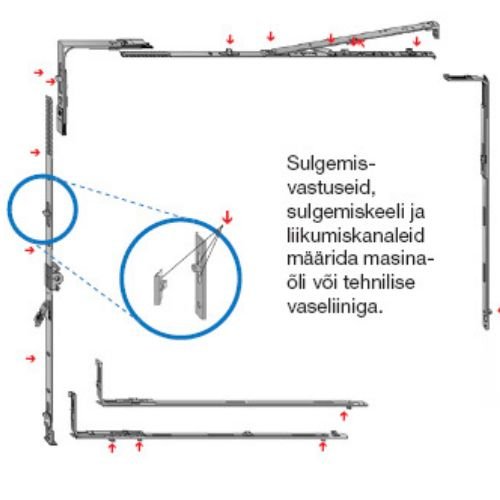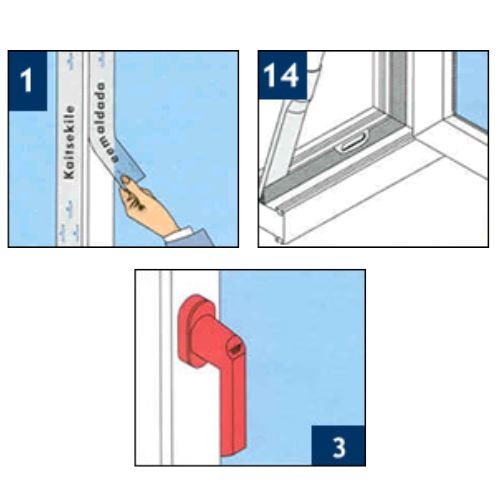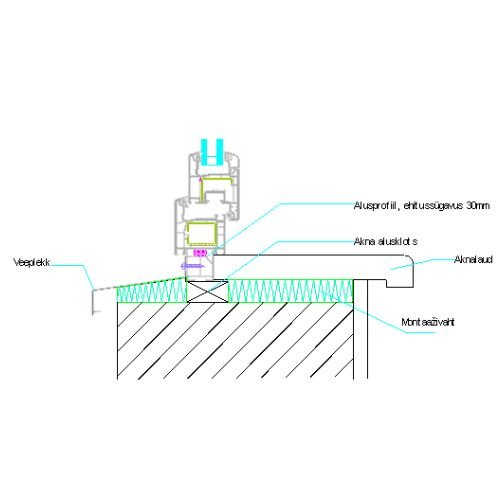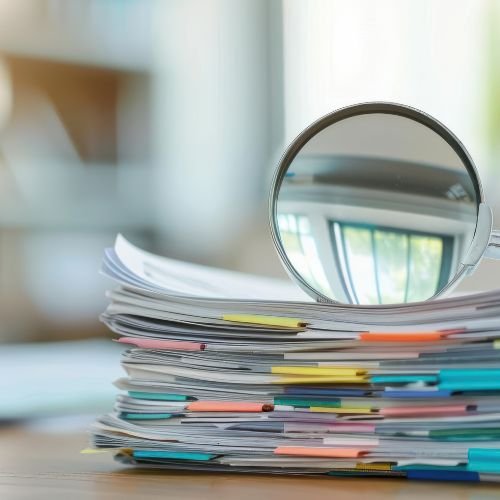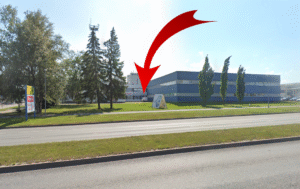- Distorted mirror image in clear float glass: reflections in simple, uncoated float glass must be undistorted when viewed from an angle of 45° at a distance of 4.5 m. In toughened and laminate glass, reflections must be undistorted as defined by EN standards. In insulating glass units, reflections may differ as the glazing bends under the effect of air pressure and temperature. This is perfectly normal and indicates the airtightness of the IGU. The effect can be avoided by using a thicker outer pane.
- Unacceptable surface defects include any clearly visible scratches. Scratches and damage that are hard to see at a distance of 2 m, in normal daylight, when viewed from an angle of 90 degrees, are permitted.
- Opacification of the glass: extended contact with alkaline aqueous solutions can break the lead dioxide lattice of the glass. This leads to the formation of an acid silicate, which causes the glass to lose its sheen and decreases its transparency. In the process, the structure of the glass breaks down and the glass will appear to have a greyish coating – this kind of opacification is not allowed. In coated glass, opacification may occur in certain lighting conditions – this is characteristic to the product and allowed in this case.
- Interference effect: float glass is transparent, coloured or colourless glass with uniform parallel surfaces. In insulating glass units, this may cause optical interference effects, resembling to a rainbow, which are known as Brewster’s fringes, Newton’s rings, or Jamin’s fringes. These optical effects are not considered a quality defect.
- Anisotropic effect: thermal toughening leads to differences in the distribution of stresses in the surface and internal regions of the glass, creating bands of double refraction on the glass, which affect polarised light. In certain natural lighting conditions, this can cause weakly visible “leopard spots”. These optical effects are not considered a quality defect.
- In insulating glass units with excellent U-values (thermal performance), in certain conditions, condensation may form on the exterior surface. This physical phenomenon is not considered a quality defect.
- Glass surfaces that are fixed together in a stationary manner must be clean. The presence of a small amount of minor foreign particles on the surfaces is allowed, but not larger spots, stripes, or layers of dirt. Spots and stripes of dirt that are not visible at a distance of 2 m, in normal daylight, when viewed from an angle of 90 degrees, are permitted.
- These instructions relate to architectural glass and processed glass products, such as toughened glass, laminated glass, and insulating glass units. The quality of the products meets the standards, Finnish Building Information Files (RT files), and Finnish Code of Building Practice (RYL) requirements in force at the time of delivery. Insulating glass units are subject to the requirements of EN 1279 and the related specific guidance EO 332.
In the case of a dispute in the absence of a standard, the quality of special application glass (incl. coated glass and fire-resistant glass) shall be determined by an independent third party.
Unless explicitly stated otherwise, the quality of the glass shall be assessed in normal daylight from a distance of 2 (two) metres (perpendicular to the glass). Normal daylight means a sunny day; however, exposure to sunlight of the glass must not be direct nor amplify any potential defects.
